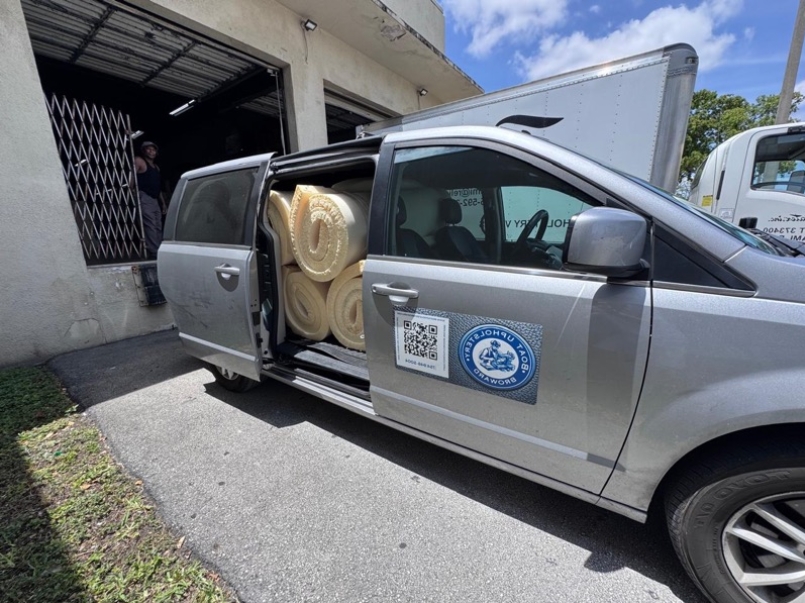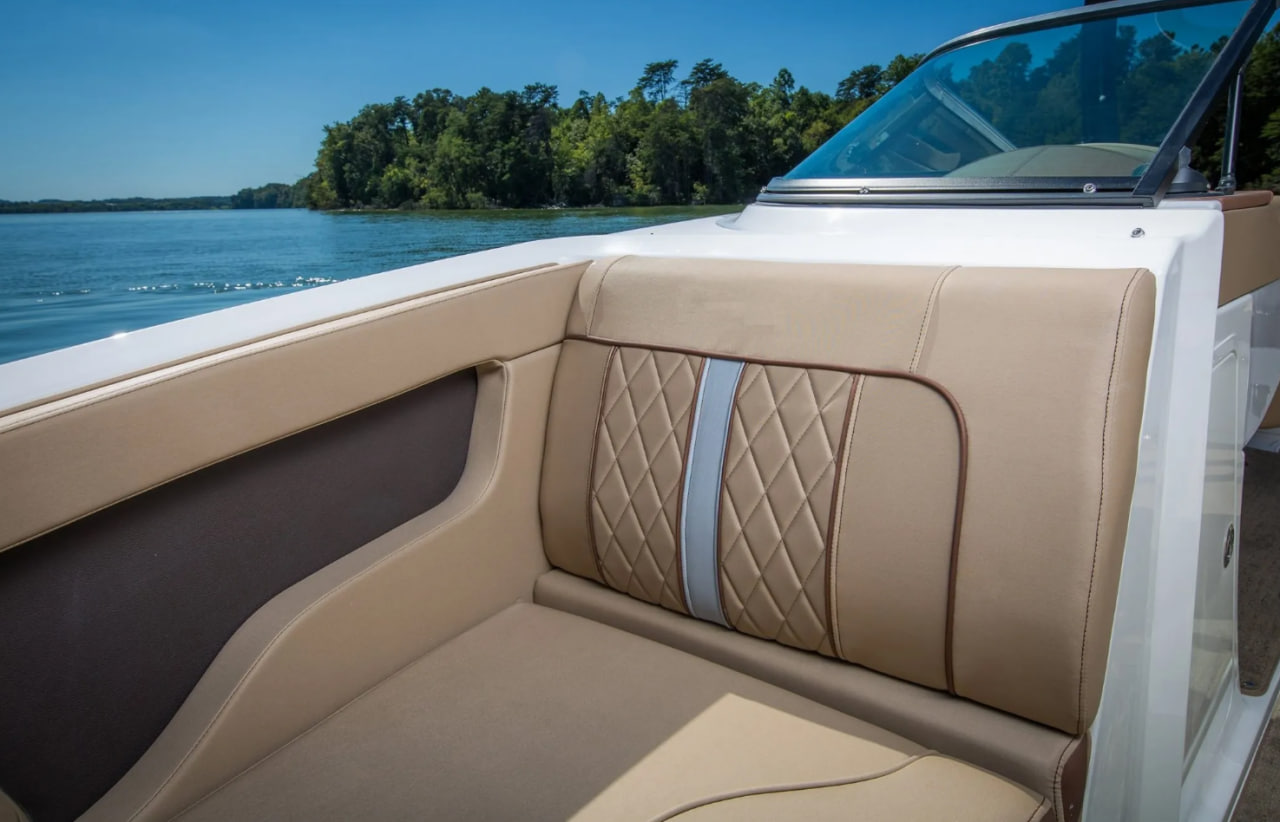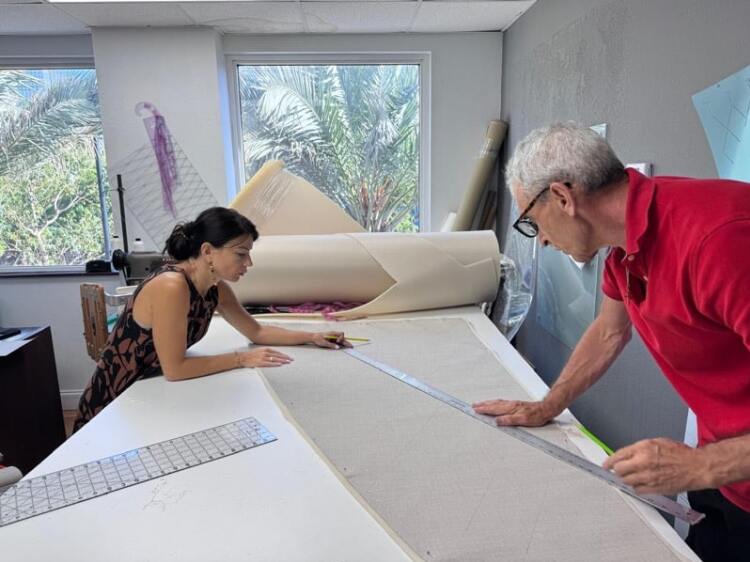
With growing awareness of environmental impact, many boat owners are turning to Eco-Friendly Marine Upholstery options that combine sustainability with performance. Advances in materials and manufacturing now offer green solutions without sacrificing durability or style.

Key features of eco-friendly upholstery materials:
- Made from recycled or renewable sources
- Low VOC (volatile organic compound) emissions during production
- Free of harmful plasticizers or heavy metals
- Biodegradable or fully recyclable at end of life
- High durability for longer usage cycles
Popular sustainable materials:
| Material | Eco-Friendly Benefits |
| Recycled PET fabrics | Derived from plastic bottles, highly durable |
| Plant-based vinyl alternatives | Renewable raw materials, reduced toxins |
| Solution-dyed fabrics | Less water and chemical use in dyeing process |
| Low-emission foams | Reduced environmental impact during manufacturing |
Advantages of eco-friendly marine upholstery:
- Aligns with personal and corporate sustainability goals
- Reduces landfill and ocean waste contributions
- Still offers UV resistance, waterproofing, and durability
- Helps meet evolving environmental regulations
Tips for choosing green options:
- Ask suppliers for certified sustainable products
- Look for certifications like OEKO-TEX, Greenguard, or REACH compliance
- Select manufacturers with transparent eco-friendly practices
Adopting eco-friendly marine upholstery allows boaters to enjoy comfort and style while minimizing environmental impact. With increasing innovation in sustainable marine materials, the future of green boating looks both responsible and beautiful.





